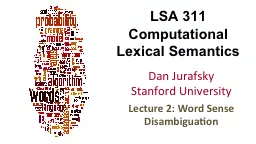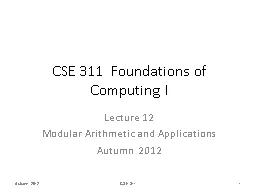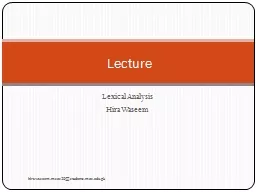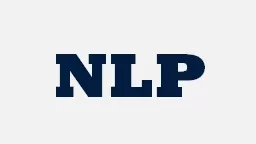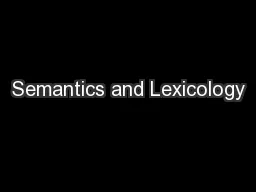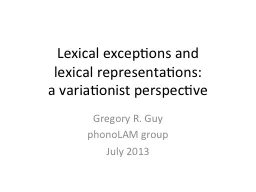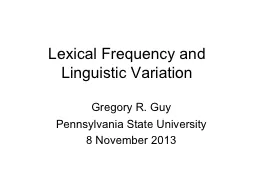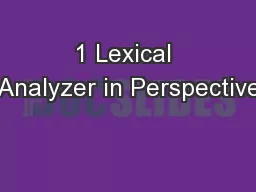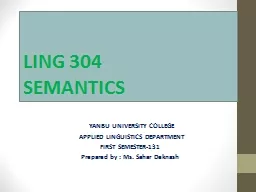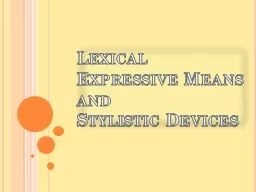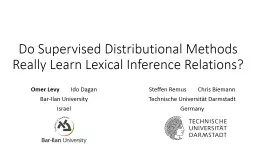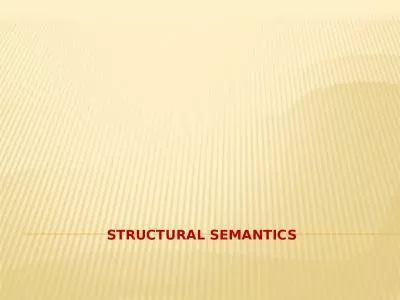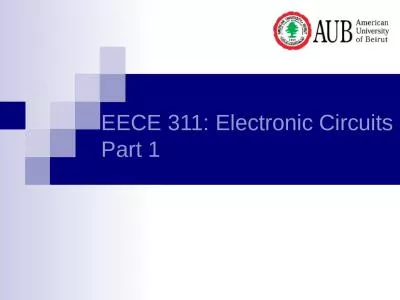PPT-LSA 311 Computational Lexical Semantics
Author : tatyana-admore | Published Date : 2018-10-31
Dan Jurafsky Stanford University Lecture 2 Word Sense Disambiguation Word Sense Disambiguation WSD Given A word in context A fixed inventory of potential word
Presentation Embed Code
Download Presentation
Download Presentation The PPT/PDF document "LSA 311 Computational Lexical Semantics" is the property of its rightful owner. Permission is granted to download and print the materials on this website for personal, non-commercial use only, and to display it on your personal computer provided you do not modify the materials and that you retain all copyright notices contained in the materials. By downloading content from our website, you accept the terms of this agreement.
LSA 311 Computational Lexical Semantics: Transcript
Download Rules Of Document
"LSA 311 Computational Lexical Semantics"The content belongs to its owner. You may download and print it for personal use, without modification, and keep all copyright notices. By downloading, you agree to these terms.
Related Documents

